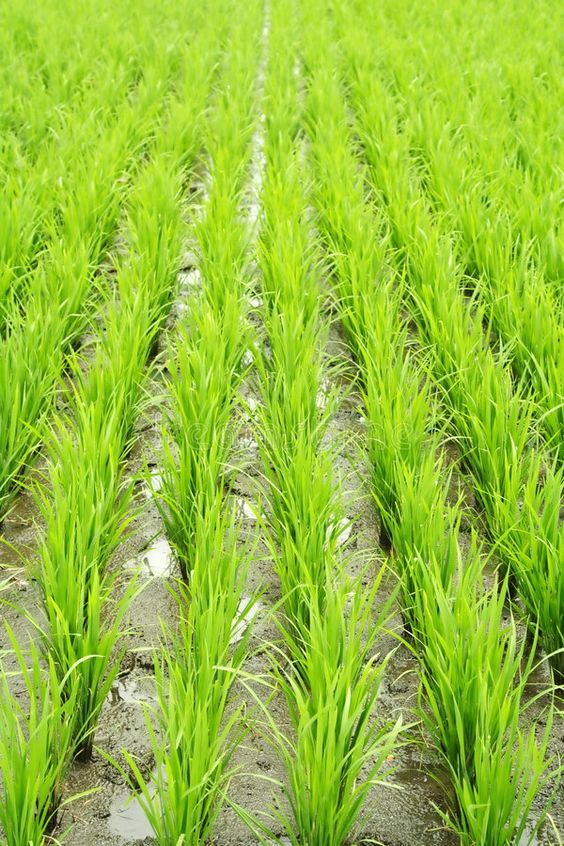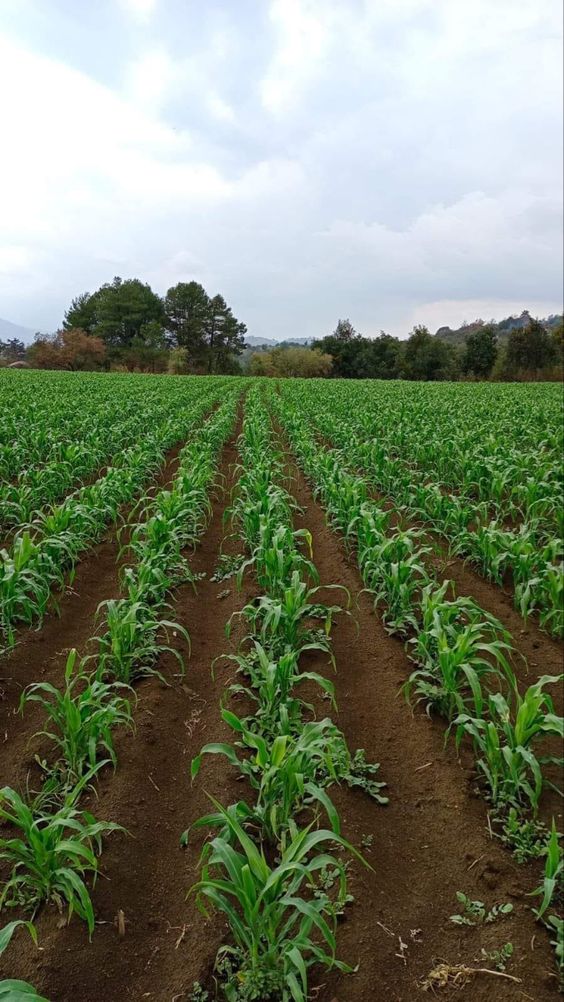Bridging the Gap: How Agricultural Market Information Systems Empower Smart Agriculture
Agricultural Market Information Systems sector is on the cusp of a revolution. Smart agriculture, a data-driven approach that leverages technology for informed decision-making, is transforming the way we cultivate, manage, and distribute food. However, even the most sophisticated technologies can’t reach their full potential without a critical piece of the puzzle: access to accurate and timely agricultural market information.
This is where Agricultural Market Information Systems (AMIS) come into play. These inter-agency platforms, like the one established by the G20 in 2011, bridge the gap between on-farm practices and the global marketplace. By providing transparent and readily available data on everything from crop production and export figures to market trends and price fluctuations, AMIS empowers farmers, policymakers, and stakeholders across the agricultural value chain.
Contents
The Power of Information in Smart Agriculture
Agricultural Market Information Systems thrives on data. Sensors monitor soil moisture and nutrient levels, drones capture high-resolution imagery of fields, and weather stations provide real-time forecasts. But this data only becomes truly valuable when it’s integrated with information about the wider agricultural market.
Consider a farmer equipped with a precision irrigation system that optimizes water usage based on real-time soil moisture data. While this technology can significantly improve water efficiency, its impact is magnified when combined with knowledge of market trends. For instance, if the AMIS reports a potential price increase for a specific crop due to a global shortage, the farmer can adjust their irrigation strategy to maximize their yield and capitalize on the higher market price.
AMIS data benefits more than just individual farmers. It allows policymakers to develop informed agricultural policies. They can use data on production forecasts and global stock levels to anticipate potential food shortages and take proactive measures to ensure food security. Additionally, AMIS data helps to identify trade disruptions and allows governments to develop strategies to mitigate their impact on domestic markets and international food security.
The benefits extend to the private sector as well. Food companies and distributors can utilize AMIS data to make informed purchasing decisions, manage their supply chains more effectively, and minimize the risk of price volatility. This information transparency also fosters a more competitive and efficient global agricultural market.
AMIS in Action: Enhancing Transparency and Resilience
Agricultural Market Information Systems,The impact of AMIS can be seen in its response to recent global events. During the COVID-19 pandemic, disruptions in transportation and border closures threatened food security. AMIS provided real-time data on food production, export restrictions, and global stock levels, enabling countries to make informed decisions about food imports and exports, thereby mitigating the risk of food shortages.
Similarly, the ongoing conflict in Ukraine, a major global exporter of wheat and other agricultural commodities, has raised concerns about food security in many countries. AMIS is playing a crucial role in monitoring the situation, providing updates on production forecasts, export volumes, and potential disruptions to global supply chains. This information is essential for countries to prepare for potential food shortages and take steps to mitigate their impact.
The Road Ahead: Building a More Robust and Inclusive Agricultural Market Information Systems
Agricultural Market Information Systems,While AMIS has made significant strides in improving agricultural market transparency, there is still room for improvement. Expanding the scope of data collection and analysis to include a wider range of agricultural products, particularly those critical for food security in developing countries, is essential. Additionally, ensuring equitable access to AMIS data for all stakeholders, including smallholder farmers and local communities, is crucial for fostering inclusive growth in the agricultural sector.
Furthermore, integrating AMIS data with other relevant information systems, such as weather forecasting platforms and early warning systems for natural disasters, can further enhance its effectiveness. This holistic approach will enable farmers to make even more informed decisions about their agricultural practices and improve their resilience in the face of climate change and other unforeseen events.
Conclusion: A Data-Driven Future for Agricultural Market Information Systems
Agricultural Market Information Systems,The future of agriculture is undeniably smart. However, this future hinges on the ability to bridge the gap between innovative technologies and the realities of the global agricultural market. By providing transparent and readily available information through Agricultural Market Information Systems, we empower farmers, policymakers, and all stakeholders to make informed decisions that promote food security, foster sustainable agricultural practices, and navigate the complexities of the global food system. As we move towards a data-driven future for agriculture, AMIS will continue to play a critical role in ensuring a more resilient, efficient, and equitable agricultural sector.




